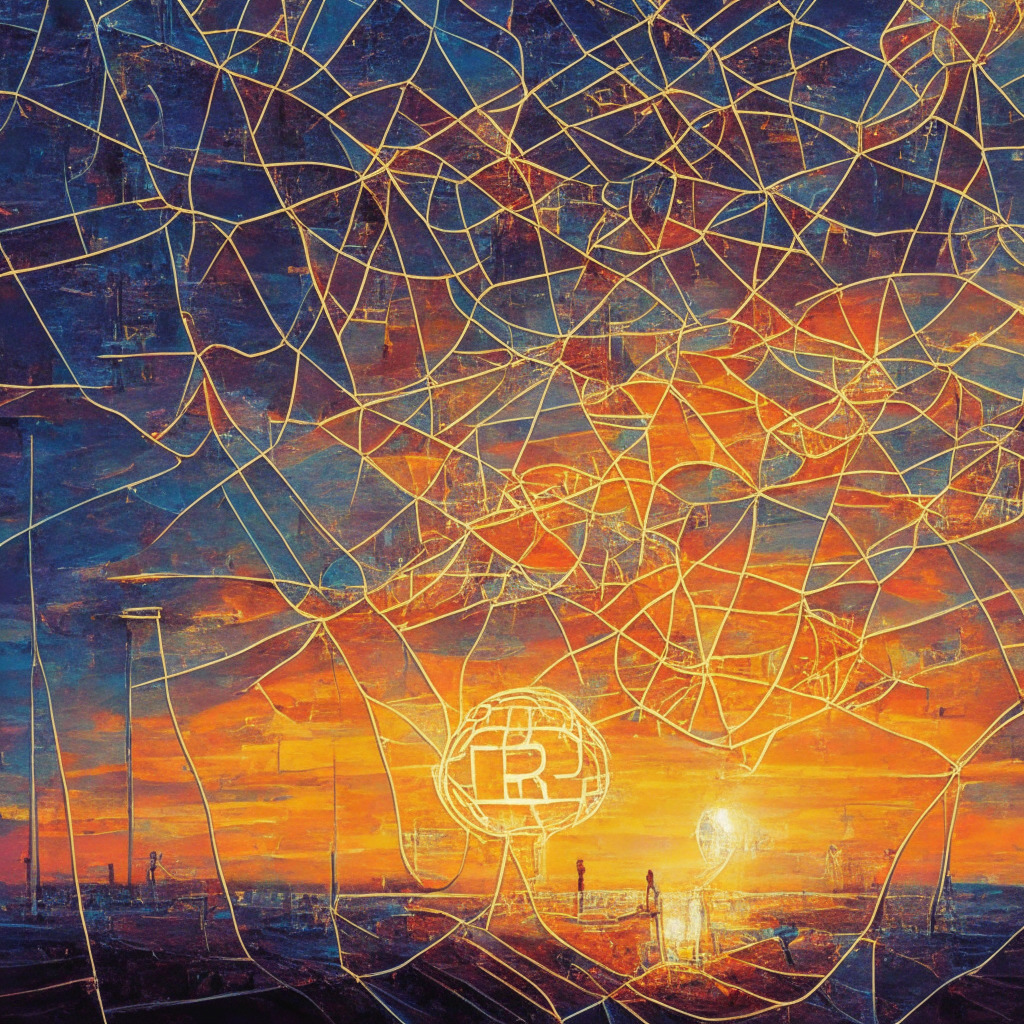Just when we thought we had learned our lessons from the blowups of FTX, Three Arrows Capital, Celsius, and others, meme-coin fever strikes again. This time, it’s not only affecting human minds but also messing with the functioning of the most valuable blockchain in the world. The recent uproar within the Bitcoin community highlights the ongoing conflict in defining the core purpose of this revolutionary technology.
The ability to create tokens based on the new BRC-20 standard, enabled by Bitcoin’s Taproot upgrade, has led to the rise of various Bitcoin-based meme coins. This development follows the creation of the Ordinals Protocol, which facilitated Bitcoin-based data inscriptions that function as non-fungible tokens (NFTs). However, these token transactions use up more data than basic Bitcoin transactions, driving up Bitcoin fees and blockchain congestion, causing concerns over Bitcoin’s resource efficiency and utility.
On one side of the conflict are the “purists” who believe that Bitcoin’s primary purpose is to serve as an alternative currency. Such individuals are dismayed at the notion of Bitcoin being used for frivolous tokens based on frog images or other meme assets.
On the other side are individuals who defend the open nature of the Bitcoin protocol. They argue that as an open protocol, no one has the right to dictate how others use it or what it should be predominantly utilized for.
While opinions may vary, it’s clear that finding solutions to rising transaction fees and blockchain congestion must be a priority. One possible avenue for relief could be learning from the Layer 2 scaling projects in the Ethereum community, such as zk-rollups or optimistic rollups. Alternatively, the protocol could impose time-lock constraints or costs on certain speculative activities, thereby easing the pressure on blockspace limits.
It’s essential, however, not to undermine Bitcoin’s censorship-resistance in the quest for a more efficient system. Censorship is arguably one of the key features that make Bitcoin an attractive asset and an essential part of decentralization. Striking the right balance between the rights of individuals and the interests of the group is a core challenge for any blockchain community, including Bitcoin.
In conclusion, the question of how to better manage the scarce resource of blockspace within the Bitcoin ecosystem is a pressing one. While addressing the problems caused by meme-coin fever and its impact on transaction fees and blockchain congestion, the community must work collectively to ensure that the values of decentralization and censorship-resistance are preserved. This will help protect the foundational principles of this innovative technology while advancing its capabilities to meet the ever-changing needs of a growing user base.
Source: Coindesk




